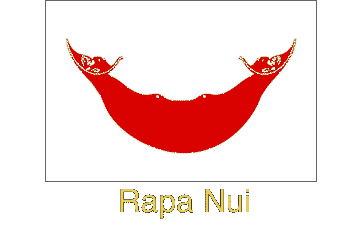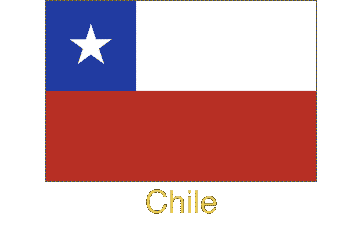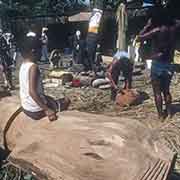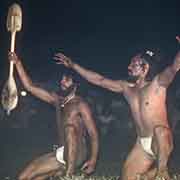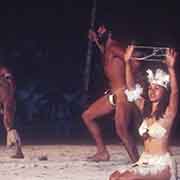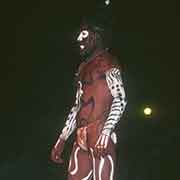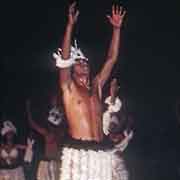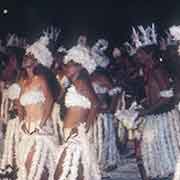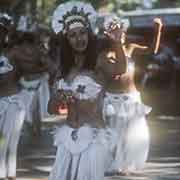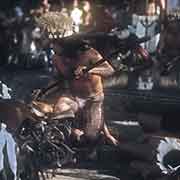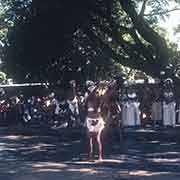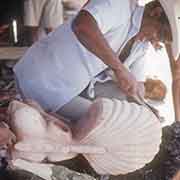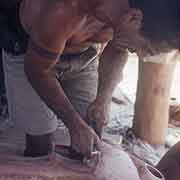Photos of the Culture of Rapa Nui
Culture of Rapa Nui
Rapa Nui had a unique culture with as its most spectacular expression the “moai”, the monolithic human statues, carved between, it is estimated, the years 1000 and mid-eighteenth century. Sculpting of statues was a practice common to other people in eastern Polynesia, but nowhere was it done on a scale as on Rapa Nui, both in size and quantity. In the 19th century, none of those was left standing, and the Peruvian slave deportations plus subsequent epidemics wiped out almost the whole population, including those who were custodians of the culture and its rituals and knew the local script, called “rongorongo”, unique in Polynesia.
you may then send it as a postcard if you wish.
In 1878 Alexander Ariipaea Salmon, an English-Jewish-Tahitian co-owner of the Maison Brander plantations on Tahiti came to Easter Island to manage the sheep station that had been established there. A few hundred Rapanui people, who had been taken to Tahiti to work, came back with him. He cared about the welfare of the people and encouraged the manufacturing of artworks. He helped them to sell these to passing ships for reasonable prices as cultural artefacts, though he never claimed they were genuine. But this was the start of the production of excellent woodcarvings with traditional motives, including wooden moai.
The Festival of Pacific Arts is held and hosted by a different country in Oceania every four years. In 1985 in Tahiti, French Polynesia (one year later than scheduled), and in 1992 in Rarotonga, Cook Islands, delegations from Rapa Nui performed. They demonstrated their wood carving and performed “traditional” dances, although those would have been contemporary interpretations; the women performed dances, obviously inspired by the “tamure” dances from Tahiti. But it showed that, despite all the tragic events on the island, the Rapanui still celebrate their Polynesian ancestry and culture.
